20+ SAMPLE Succession Planning
-
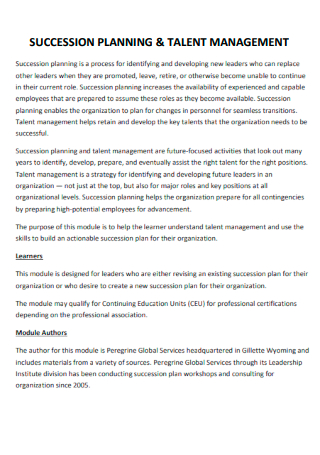
Succession Planning and Talent Management
download now -
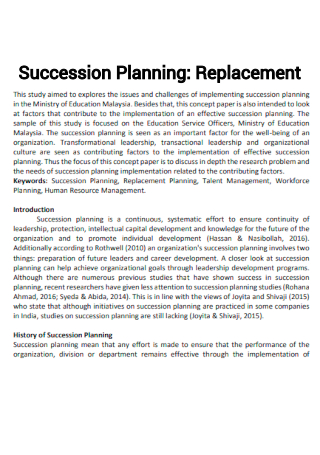
Succession Planning Replacement
download now -
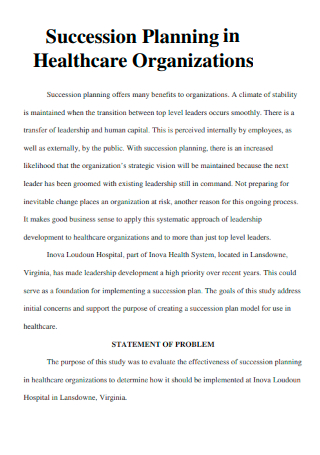
Succession Planning in Healthcare Organizations
download now -
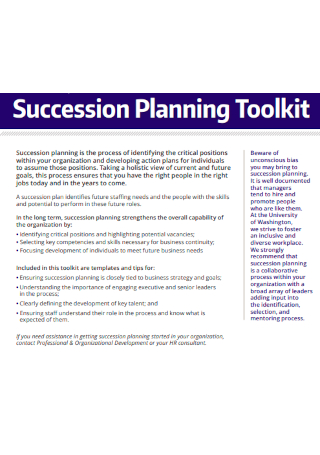
Succession Planning Toolkit
download now -

Succession Planning in the Public Sector
download now -

Succession Planning Solution
download now -
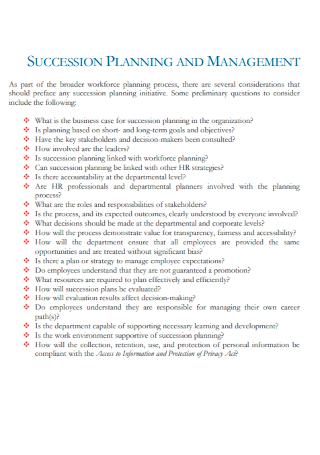
Succession Planning and Management
download now -
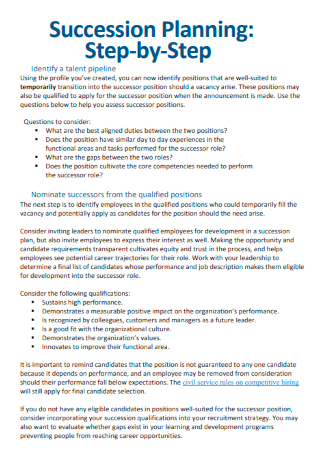
Succession Planning Step by Step
download now -
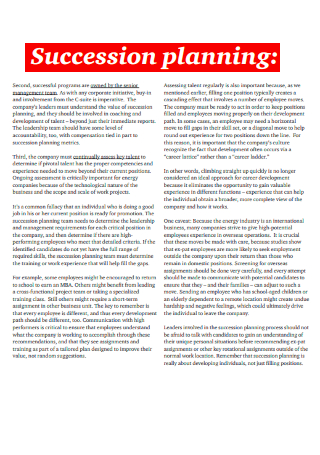
Sample Succession Planning
download now -
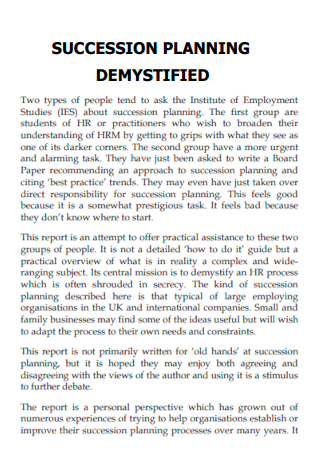
Succession Planning Demystified
download now -
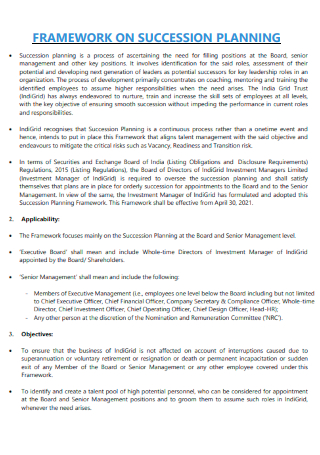
Frame Work on Succession Planning
download now -
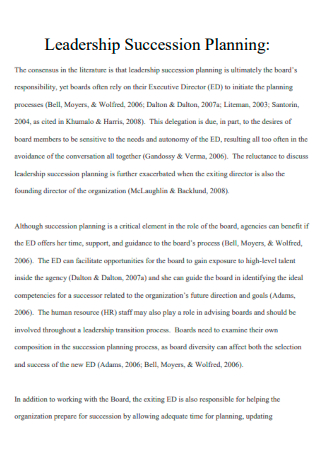
Leadership Succession Planning
download now -
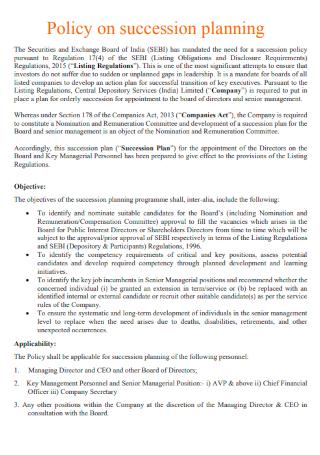
Policy on Succession Planning
download now -
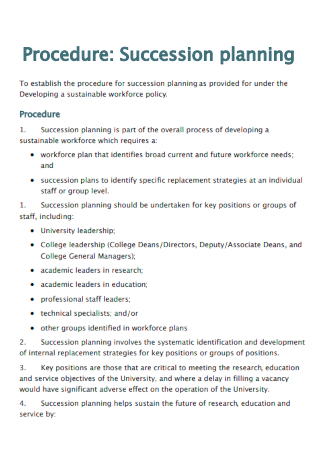
Procedure Succession planning
download now -

Succession Planning in Education
download now -
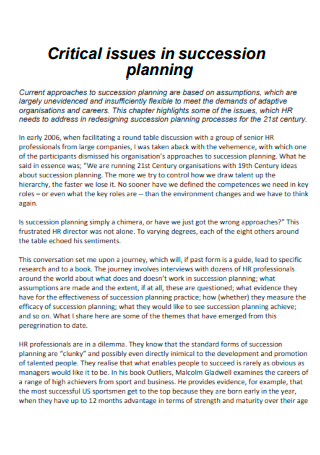
Critical Issues in Succession Planning
download now -

Succession Planning Key Positions and Functions
download now -
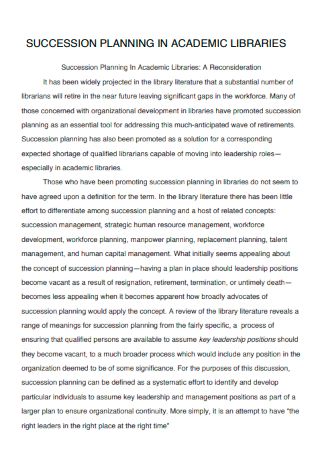
Succession Planning In Academic Libraries
download now -
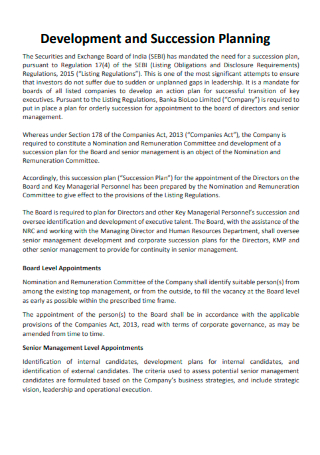
Development and Succession Planning
download now -
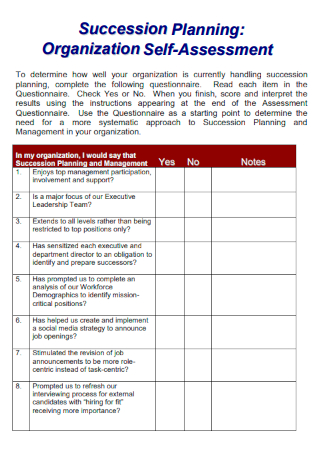
Succession Planning Organization Self Assessment
download now -
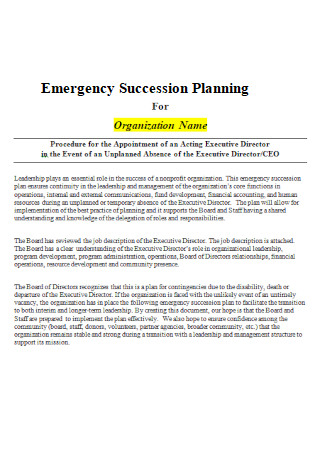
Emergency Succession Planning
download now
FREE Succession Planning s to Download
20+ SAMPLE Succession Planning
What Is Succession Planning?
Steps To Take In Succession Planning For the Organization
FAQs
What are the three core steps of succession planning?
What are the different examples of succession planning?
What is the goal of succession planning?
What Is Succession Planning?
Succession planning is the process of identifying the critical positions inside an organization and formulating action plans for deserving individuals to assume these positions of responsibility. It is a business strategy that companies utilize to transfer or pass leadership roles and responsibilities to another employee. The process ensures that businesses can continue to operate smoothly, without interruption and arising risks in circumstances when significant individuals move on to new and better opportunities, retire, or pass away. Succession planning also starts a liquidity event wherein it enables the transfer of ownership in a going concern to these rising employees. It is also a good way for companies to use the procedure in ensuring that the business comes fully prepared in terms of the advancement and promotion of all employees in all departments of the organization. Succession planning is a type of contingency plan for businesses. As such, it needs to undergo reevaluations and reassessments annually since there are changes in the industry and the company itself. There must be an evaluation of skills to identify potential replacements within and outside the organization to make the necessary steps to accommodate the changes.
According to an article by the Harvard Business Review entitled The High Cost of Succession Planning, better succession planning helps with the large-cap of the United States equity market that can add a full point ranging from 4 to 5 percent in annual revenue.
Components of Succession Planning
Succession planning is a business process that selects qualified employees for promotion into high-ranking positions in the organization. Companies often identify and choose these candidates during the early stages of their careers to guarantee that these individuals undergo significant training and development when the time comes for them to assume the position. Many companies have a set succession plan for the executive department, including the position of CEO, CFO, COO, president, or chairman. Other succession plans focus on replacements in positions like head of departments, managerial roles, and other key positions in the organization. There are various components that the company must consider when writing succession plans. The section below covers the necessary components of succession planning with descriptions that provide readers with a better understanding.
Steps To Take In Succession Planning For the Organization
Remember that succession planning is not a one-time task or process for the organization. Instead, it requires continued growth and development for employees. There are different roles and responsibilities that succession planning covers, including project managers, stakeholders, incumbents employees, and potential successors. There are a few steps to follow for companies that are seeking to create a succession planning process for their business. The section below details the different steps to take.
1. Identify the Most Critical and Most Vulnerable Positions
The first step in the succession planning process is to determine and choose the functions that require successors. There are two factors to consider when selecting which positions to prioritize in terms of their vulnerability and criticality. To do this, determine which positions do not have an identifiable successor. These positions are the most vulnerable to significant loss of knowledge. Next, consider the impact that each position has on the mission of the organization and If the vacancy can impact the daily activities and operations of the organization to accomplish the mission. The critical positions often extend the leadership or management positions and include technical or scientific positions. Utilize a matrix that the organization can use to determine the level of vulnerability or criticality. The company can also consider the lack of external candidates available for recruitment.
2. Develop the Eligibility Requirements for Each Position
Once the company identifies all the positions that require a succession plan, the next step is to create an employee profile of the position and the possible performances that the organization expects from its employees. It helps the company to determine the individuals with the experience and skills to take on the role. Write up a profile for the position that requires a successor and initiate a transition planning interview and meet with the incumbent employee to gather more necessary information. Consider different questions when developing the eligibility requirements, including the selection criteria and the essential skills, abilities, and competencies an individual needs.
3. Identify the Talent Pipeline
Using the profile that the organization creates, it can now identify the vital positions that suit the temporary transition processes towards the possible successors when a vacancy arises. The identified positions are also under the qualification to apply for the specific position when there is an announcement. Consider relaying the various succession requirements openly with employees to encourage a culture of transparency, trust, and engagement with the company process. In assessing the successor positions, make sure to identify the duties that align with the two positions, similarities in their roles, functions, and core competencies, and identify possible gaps.
4. Nominate the Successors from the Qualified Positions
The next step in succession planning is identifying qualified candidates that can temporarily fill a vacancy and can apply as the candidates for the position as necessary. Allow leaders and managers to nominate candidates that can go through training and development and invite other employees to also express their interests in the vacancy. Work with leaders to develop a final list of candidates with the job description and performance criteria that makes them eligible for the vacancy. Make it clear to the successors that there is no guarantee of acquiring the position because the selection process relies on the performance of the individual.
5. Develop an Action Plan for Selected Successors
Creating a development plan for the successors of a position helps identify the necessary skills and opportunities for growth. It is vital to ask the incumbent employee to identify different possibilities and opportunities for the successor. Opportunities include a succession development plan with various training and learning activities aligned with the incumbent. Successors can also participate in functional areas, acquire mentoring from the incumbent, receive coaching opportunities, work on special projects and activities, etc.
6. Evaluate the Succession Plan
Perform a thorough evaluation of the succession planning efforts each year, and make sure to continually improve and make necessary changes and improvements to the succession planning strategy that contributes to the effectiveness of the organization. In evaluating the succession plan, consider the bench strength of the organization before and after succession planning, the number of qualified candidates, improvements in employee development, overall organizational performance, and if there is a reduction of risks.
FAQs
What are the three core steps of succession planning?
There are three essential steps to implementing succession planning in the organization.
- Identify and engage the employees manifesting ideal skills and are open to development
- Develop and cross-train these individuals
- Document and record the procedures and processes
What are the different examples of succession planning?
Different industries and organizations implement different forms of succession planning, including:
- Role identification
- Job Design
- Competency Management
- Career Planning
- Mentorship and Coaching
What is the goal of succession planning?
The purpose or objective of implementing succession planning in a company is to make sure that the company always has adequate resources and invests in the right leaders if there are changes that happen too quickly.
Succession planning is essential in any industry, business, and organization. Succession planning ensures that different companies have the right individuals to place in key positions in the company when the need arises. The organization must provide the necessary resources for succession planning and place different types of succession planning programs that the employees and management can utilize. When developing succession planning, make sure to have a healthy collaboration with the incumbent individuals, especially when pinpointing skills, competencies, roles, and responsibilities for the position. Begin creating succession plans for the organization by downloading from the 20+ SAMPLE Succession Planning in PDF | MS Word templates from the article above, only from Sample.net.
